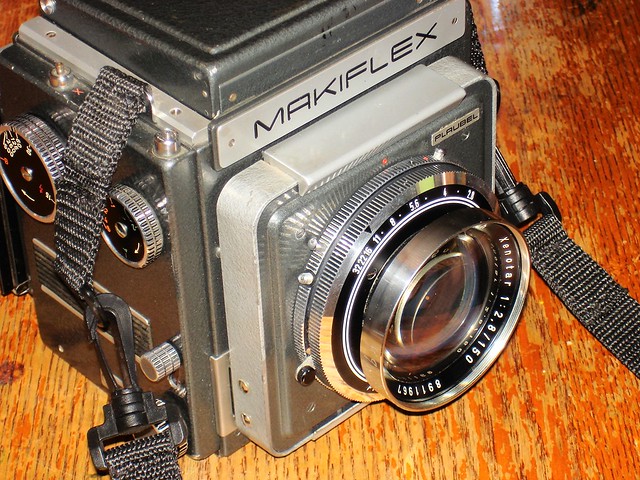I've been reading up about this lens and have heard some mumblings about one or more redesigns that went on during the len's run, but nothing specific. Do you have more information about why the lens was redesigned, when, and whether there were any significant differences?



 Reply With Quote
Reply With Quote






Bookmarks